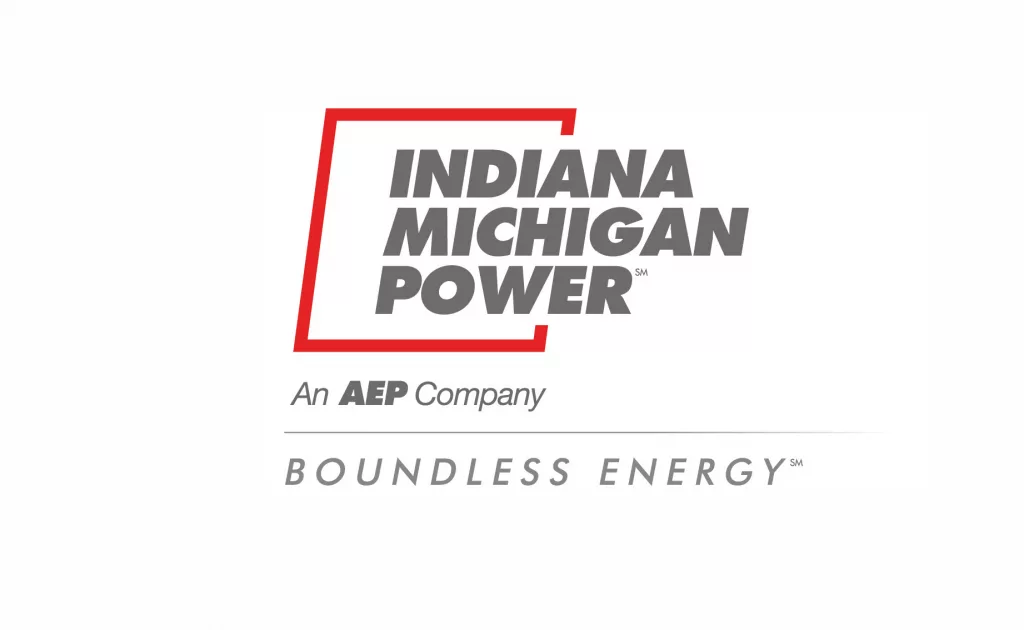I & M Electric and its parent company are outlining a multi-part strategy to meet a goal of ‘net-zero carbon emissions by 2050. The plans were outlined in a detailed summary released today by the company, showing it accelerating its focus on wind and solar energy going forward:
Indiana Michigan Power, an American Electric Power (AEP) company, intends to significantly expand its clean energy generation as part of its Powering the Next Tomorrow plan filed with the Michigan Public Service Commission. The plan calls for adding 2,100 megawatts (MW) of wind and solar energy generation by 2028 – enough to power the equivalent of 400,000 typical homes.
The new clean energy and the scheduled retirement of I&M’s coal-fueled Rockport Plant by the end of 2028 support parent company AEP’s goal of net-zero emissions by 2050, aligning with the Michigan Healthy Climate Plan.
“Our Powering the Next Tomorrow plan is a major step in I&M’s strategic, responsible transition to more clean-energy sources while meeting our customers’ needs for safe, reliable energy long into the future,” said Steve Baker, president and chief operating officer of I&M. “This new generation will combine with I&M’s existing resources to provide a diversified and flexible generation portfolio that will stabilize energy costs over time, stimulate economic growth, reduce emissions and take advantage of new technologies.”
I&M’s intentions are described in its Integrated Resource Plan (IRP), which provides a detailed analysis of future energy needs and how the company will meet those needs over the next 20 years. Though long-term plans are subject to revisions, I&M’s near-term plans to add 2,100 megawatts (MW) of wind and solar by 2028 have a higher degree of certainty.
The next step is expected later this month, when I&M plans to issue a request for proposal (RFP) for approximately 800 MW of wind generation and approximately 500 MW of solar generation to meet customer needs, with half of those resources generating energy in 2025 and the remainder by 2026.
A second RFP is planned for later seeking proposals for about 800 MW of solar, 60 MW of battery storage and 1,000 MW from gas “peaking” units to meet the needs by 2028. Together, the new resources would more than quadruple I&M’s current solar and wind generation.
I&M continues to evaluate the best ways to provide customers with reliable power 24/7/365, including when the sun doesn’t shine or wind doesn’t blow. With the retirement of I&M’s coal-fueled Rockport Plant scheduled by 2028, the company’s plans include natural-gas “peaking” units that are expected to be the most cost-effective, reliable source of additional power. These resources would generate power only during periods of high energy use and would potentially utilize hydrogen as a future fuel source to optimize environmental performance.
Including Cook Nuclear Plant, wind and solar resources as well as power from six water-powered hydro-electric plants, more than 80% of the energy I&M generated in 2021 was carbon-emission free. Given the guidelines of a 20-year plan, the Powering the Next Tomorrow plan includes longer-range options for additional generation should the two generating units at Cook Nuclear Plant be retired at the end of their licensing periods in 2034 and 2037, respectively.
However, the plan also preserves the optionality of the Cook licenses being extended an additional 20 years. I&M has strategically transitioned to a more diverse energy mix since 2008, when I&M first began purchasing power from an Indiana wind farm. Over the years, I&M has added power from two additional Hoosier wind farms and five solar farms in Indiana and in Michigan.
I&M filed its 20-year plan to both the Michigan Public Service Commission and submitted the same plan with the Indiana Utility Regulatory Commission. The plan was developed during 2021 and included five meetings with stakeholders representing a variety of interests. The plan was crafted transparently, with updates and the preferred plan posted at IndianaMichiganPower.com/Community/Projects/IRP






